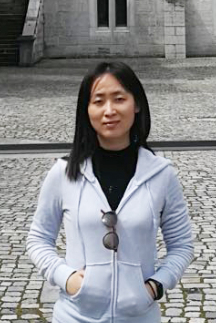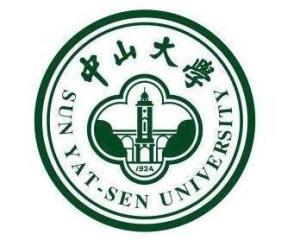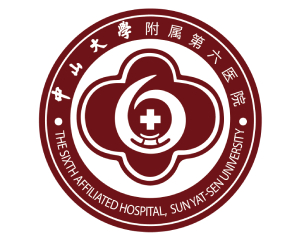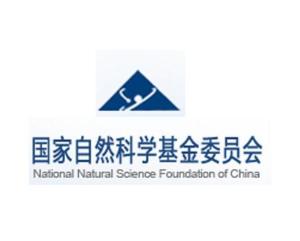1. Yan Q#, Zhang Y#, Fang X#, Liu B, Wong TL, Gong L, Liu S, Yu D, Liu M, Jiang L, Wang X, Wei T, Jia Y, Li L, Sun L, Tang Y, Zhou N, Yuan YF, Li Y, Ma S, Guan XY*: PGC7 promotes tumor oncogenic dedifferentiation through remodeling DNA methylation pattern for key developmental transcription factors. Cell death and differentiation 2021, 28(6):1955-1970.
2. Zhang Y#, Yan Q#, Gong L, Xu H, Liu B, Fang X, Yu D, Li L, Wei T, Wang Y, Wong CN, Lyu Z, Tang Y, Sham PC, Guan XY*: C-terminal truncated HBx initiates hepatocarcinogenesis by downregulating TXNIP and reprogramming glucose metabolism. Oncogene 2021, 40(6):1147-1161.
3. Liu M#, Yan Q#, Sun Y, Nam Y, Hu L, Loong JH, Ouyang Q, Zhang Y, Li HL, Kong FE, Li L, Li Y, Li MM, Cheng W, Jiang LX, Fang S, Yang XD, Mo JQ, Gong YF, Tang YQ, Li Y, Yuan YF, Ma NF, Lin G, Ma S, Wang JG, Guan XY*: A hepatocyte differentiation model reveals two subtypes of liver cancer with different oncofetal properties and therapeutic targets. Proceedings of the National Academy of Sciences of the United States of America 2020, 117(11):6103-6113.
4. Yan Q#, Jiang L#, Liu M, Yu D, Zhang Y, Li Y, Fang S, Li Y, Zhu YH, Yuan YF, Guan XY*: ANGPTL1 Interacts with Integrin α1β1 to Suppress HCC Angiogenesis and Metastasis by Inhibiting JAK2/STAT3 Signaling. Cancer research 2017, 77(21):5831-5845.
5. Jiang L#, Yan Q#, Fang S, Liu M, Li Y, Yuan YF, Li Y, Zhu Y, Qi J, Yang X, Kwong DLW*, Guan XY*: Calcium-binding protein 39 promotes hepatocellular carcinoma growth and metastasis by activating extracellular signal-regulated kinase signaling pathway. Hepatology (Baltimore, Md) 2017, 66(5):1529-1545.






